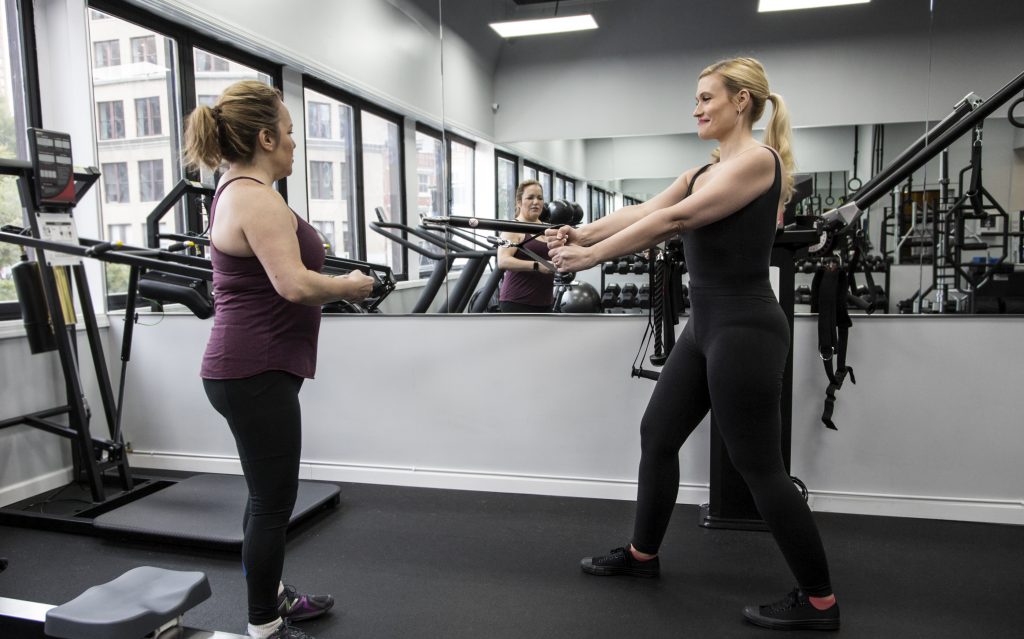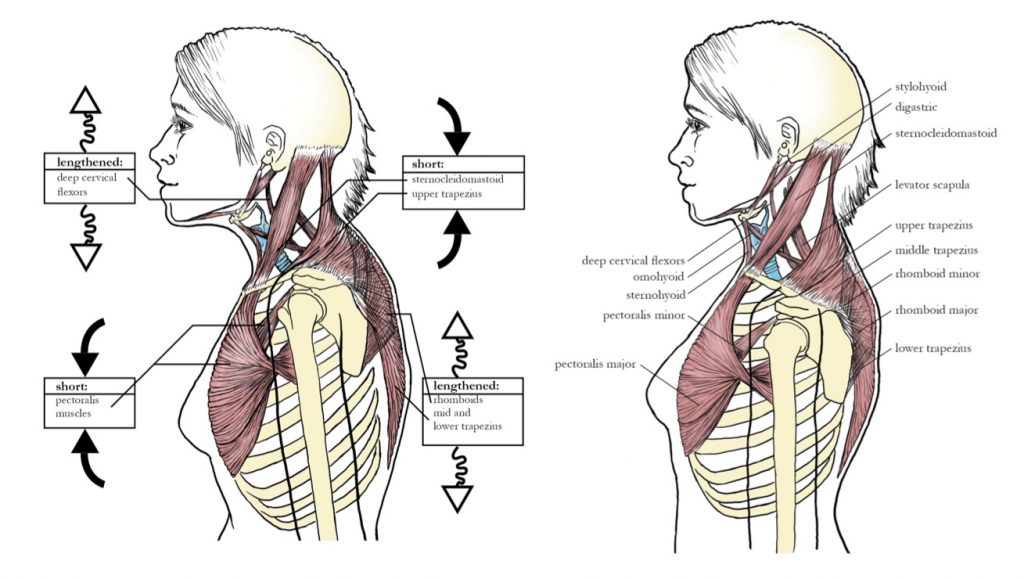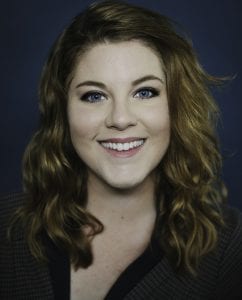By Ashley Emrick, Special to the Sybaritic Singer
Complete Vocal Fitness: A Singer’s Guide to Physical Training, Anatomy, and Biomechanics – the name says it all, and it tells us exactly what Claudia Friedlander has given us in her new book. It is an approach to fitness and health with singers and performers in mind, stressing the importance of training in the gym to support the work done on stage without demanding athletic prowess or fitness knowledge.
Normally, I don’t read book prefaces and introductions (just get to the story, I say), but I think it is really important to read them in this book. In the preface, Friedlander explains how she came to identify as a singer and an athlete, the training she has had as a singer and a personal trainer, and some of the things she had to learn in the process. It will give you the reassurance that you need that you, too, can identify as both singer and athlete, regardless of your sporting abilities in high school.
The introduction is an incredibly helpful starting point, wherein Claudia defines what sport-specific training is and how training in the gym is vital to improving your performance, whether that’s on a field or on a stage. Basically, the work in the gym provides the stable foundation for the work that will be done onstage. She then goes on to define what specific terms mean, like alignment, stability, and stamina for the physical aspect, and terms such as generator, vibrator, and resonator for the vocal aspect. Some of the wording is rather academic, using anatomical and physiological terms, but Friedlander draws really helpful parallels by comparing the workings of a sports player (baseball players, divers, etc.) and their sport specific movements and how that relates to a performer and the work they do. I have studied physiology and anatomy, so I knew what she was talking about, but she does a great job creating a recognizable image for those less familiar with the subjects to think of in order to understand the concepts and makes sometimes confusing material accessible.

The first four chapters focus on the physical, with individual chapters on alignment, breathing, laryngeal function, and articulation. Each chapter has specific vocabulary with a breakdown of what the terms mean, their function, issues that accompany them, as well as how to address those issues. For instance, in the articulation chapter, Friedlander discusses tension in the hyoglossus, a muscle originating in the hyoid bone wherein a lot of tongue tension originates. She provides illustrations so that you can see exactly what the hyoglossus is, explains how tongue tension is caused because of this muscle retracting, and gives exercises to help release and stretch the muscle. Fun fact: in one the accompany images, the person is using a “vocal massager” aka a vibrator to massage the hyoglossus (this is legit, I promise- a professor at the University of Alberta named Dr. David Ley has done studies on how vibrators that vibrate at the right frequency can help singers loosen tension and warm up efficiently, particularly when sick). Claudia actually has an article about it here if you’re interested in reading more.
Chapter five focuses on the mind/body connection, delving into intention, focus, and how to exercise your mind to benefit your body. A few suggestions are meditation, Alexander Technique, and Feldenkrais. From here, the book goes back to the physical with chapters on singer-centered workout routines, warming up, and nutrition. The workout routine chapter is fantastic, with photos of each exercise and a complete breakdown of what muscles the exercise is working and how the exercise will benefit the body. Friedlander provides enough information and exercises to create a varied and dynamic routine for anyone regardless of whether they are working out in a gym, at home, or on the road. The warming up chapter is short, but stresses the importance of warming up the body, mind, and voice before practicing and performing, as they are all reliant upon each other. Her chapter on nutrition covers a lot of important material, particularly as food and nutrition tend to be touchy subjects. The chapter explains what proteins, carbs, and fats are and how they fuel the body. It also discusses how food can be problematic for people and how to determine how much fuel your body needs to function properly. Food can be confusing, especially with our culture of fad diets and processed foods, but Friedlander gives some very helpful tips for navigating a healthy diet.

Because singers tend to be hypochondriacs (guilty as charged), Friedlander has included a chapter on maintaining your health as an active performer. It has plenty of helpful tips and reminders on how to give your body the care it deserves, which leads into her last chapter: Form Follows Function. This chapter serves as an encouraging send-off to the reader, reminding us reading that we should work out because it makes us feel better, not because we are pressured to fit a certain aesthetic.
While reading the book, I found that the writing was a bit dense and academic at times, so I suggest reading it in chunks and taking what you need at that moment, rather than trying to absorb it all at once. I’ve started doing some of the stretches and exercises in the book and I cherrypicked the exercises I felt I needed, rather than attempting to work through them all. I’ll actually be writing another blog post that details the exercises I’ve been doing and how I feel they have helped, so keep an eye out for part two!
Overall, I think this book is a fantastic read for any singer, instrumentalist, actor, etc. who uses their body in performance and would encourage you to give it a read. You never know, you might have an inner athlete waiting to come out!
Further Reading:
6 Qs RE: “Complete Vocal Fitness” THE BOOK
 Ashley Emrick has studied acting and theatre performance at the University of South Florida and also studies classical voice. She loves anything to do with theatre, musicals, and operas and has the life motto of “Will travel for sopranos”. She is often found tweeting niche jokes or working as a photographer.
Ashley Emrick has studied acting and theatre performance at the University of South Florida and also studies classical voice. She loves anything to do with theatre, musicals, and operas and has the life motto of “Will travel for sopranos”. She is often found tweeting niche jokes or working as a photographer.
